The concept of customer acquisition has been profoundly transformed in the digital world. It’s no longer enough just to create a product and expect it to attract customers. Nowadays, the art and science of drawing in and keeping customers are as vital as the product itself, perhaps even more so. We’re in a dynamic environment where it’s crucial to understand and adapt to changing consumer behaviors and to leverage technology effectively.
As a digital marketing expert, I, Bruno Jones, have developed insights and strategies that have reshaped how businesses approach customer acquisition. My deep grasp of the digital marketing realm has led me to emphasize a significant shift from product-centric to customer-centric strategies. This change is essential in an era where engaging with customers and understanding their needs is paramount.
My approach goes beyond merely understanding the complexities of digital marketing; I focus on mastering them. I highlight the importance of innovative methods to engage customers, the mathematics behind customer acquisition, and the necessity of being adaptable and flexible in implementing strategies. My insights are grounded in real-world experiences and success stories, making them a valuable resource for anyone aiming to succeed in the digital marketplace.
In this article, I’m delving into the world of customer acquisition in the digital era, sharing my strategies and insights. The goal is to thoroughly understand contemporary customer acquisition techniques and how you can apply them effectively in your business. Whether you’re a startup entrepreneur or a seasoned business owner, my insights offer a guide to navigating the intricate and constantly changing landscape of customer acquisition in today’s digital age.

Table of Contents
The Paradigm Shift in Customer Acquisition
In customer acquisition, I’m seeing a major shift that goes well beyond traditional product development. I must highlight the urgent need for businesses to overhaul their customer acquisition strategies to keep pace with the fast-changing digital world.
Evolving Beyond Product Focus
Traditionally, there’s been a heavy focus on product development, with the belief that a great product would naturally draw in customers. But this approach isn’t cutting it anymore in the current market. For most products, the days of “build it, and they’ll come” are long gone. It’s time to shift our focus, giving equal attention to inventive ways to engage and attract customers.
Pioneering Engagement Techniques
The heart of customer acquisition today is about innovatively engaging customers. I once told a friend in the social gaming field to focus less on the games and more on finding unique and engaging ways to connect with customers. This really spotlights the need for creative and fresh engagement strategies.
HubSpot’s Success Story
Take HubSpot, for example. Their initial product wasn’t top-tier, but they still made a significant impact. This success was largely due to their excellent customer acquisition strategies, like inbound marketing and inside sales, rather than the product itself. This really drives home the point that effective customer acquisition methods can elevate a company’s presence in the market, even if the product could be better.
To sum up, there’s a clear shift in customer acquisition from a purely product-based approach to one focusing on innovative customer engagement. Companies that embrace this change thinking out of the box and strategically about customer acquisition, stand a better chance of thriving in today’s dynamic digital marketplace. I offer incredibly valuable insights for businesses finding their way in this new landscape. They underscore the importance of being innovative, adaptable, and deeply understanding modern consumer behaviors.
Case Studies and Examples: HubSpot and Social Gaming
I have come to understand that in the realm of digital marketing, it is crucial to master effective customer acquisition strategies. I’ve observed through the examples that more than merely focusing on the product is needed for success.
HubSpot: My Take on Their Journey
Reflecting further on HubSpot’s path in the realm of inbound marketing, it’s fascinating to note how their journey underlines the evolving nature of customer acquisition strategies. Initially, HubSpot faced a significant challenge: their product, while innovative, was not the most sophisticated or advanced in the market. This scenario is common for many startups and emerging businesses, where resources are limited, and the focus is on developing a viable product.
The Role of Inbound Marketing and Inside Sales
Despite this limitation, HubSpot’s success story is predominantly attributed to its exceptional customer acquisition strategies. Their focus on inbound marketing and inside sales played a pivotal role. Inbound marketing, as opposed to traditional outbound marketing methods (like cold calling or mass emailing), involves creating valuable content and experiences tailored to the interests and needs of specific target audiences. This strategy enabled HubSpot to attract visitors and potential customers organically rather than having to fight for their attention.
By producing insightful and engaging content, HubSpot could draw in potential customers who were already interested in or searching for solutions to their marketing challenges. This approach was less about pitching products and more about providing value through content, which naturally led to customer acquisition.
Inside Sales as a Growth Lever
Alongside inbound marketing, HubSpot’s inside sales team played a crucial role. Their ability to connect with potential customers, who had already shown interest through their engagement with HubSpot’s content, was more effective than traditional sales methods. This approach allowed for more personalized and meaningful interactions, further enhancing the customer acquisition process.
From Product-Centric to Customer-Centric
The key takeaway from HubSpot’s experience is the transition from product-centric to customer-centric approaches. In the early stages, the product may be flawed, but businesses can still achieve significant growth by focusing on customer needs, providing value through content, and effectively engaging with them. This shift requires a deep understanding of the target audience, creating content that addresses their needs, and a sales approach that is more consultative and less transactional.
HubSpot’s journey exemplifies the importance of adapting and innovating in customer acquisition strategies. Their success was not solely due to their product but also due to how they approached the market and engaged with potential customers. This case is an inspiration and a blueprint for other businesses striving to succeed in a competitive digital marketplace.
My Perspective on Social Gaming: The Dr. Oetker Memory Challenge
Reflecting on social gaming and its impact on digital marketing, the Dr. Oetker Memory Challenge stands out as a particularly compelling case study. In an era marked by the COVID-19 pandemic, this campaign, under my direction, broke through the barriers of isolation and redefined brand interaction in the digital space.
The Game’s Transformational Role
The Memory Challenge wasn’t just a game; it was a digital transformation of Dr. Oetker’s brand identity. Adapting the classic memory-matching game into an online phenomenon was a strategic move to engage consumers in a period marked by social distancing and isolation. We created a platform that transcended mere entertainment by weaving Dr. Oetker’s brand identity into every game aspect, from its mechanics to its visuals. The game evolved into a powerful tool for customer engagement, fostering a sense of community and shared experience under the banner of Dr. Oetker.
User Engagement and Brand Impact
The level of user engagement achieved by the Memory Challenge was exceptional. Players, on average, dedicated three hours to the game, a testament to its compelling nature. This engagement was more than just time spent; it represented the game’s resonance with the users’ intrinsic motivations and needs during a restrictive period. Integrating Dr. Oetker’s brand into this positive user experience significantly enhanced brand familiarity and loyalty.
Social Media Marketing and Community Building
Our approach to social media marketing was straightforward yet impactful. By integrating the game into the daily digital routines of potential players, we created a seamless bridge connecting consumers. The campaign’s messaging, centered around fun and brand-integrated engagement, resonated well with our audience, leading to organic sharing and sustained participation.
Strategic Narrative in the Digital Era
This case study highlights the dynamic interface between brands and consumers in the digital age. The success of the Memory Challenge underscored the importance of creating digital experiences that align with user desires for interaction and enjoyment. It demonstrated the potential of gamified content to capture consumer attention and foster a deeper connection with the brand.
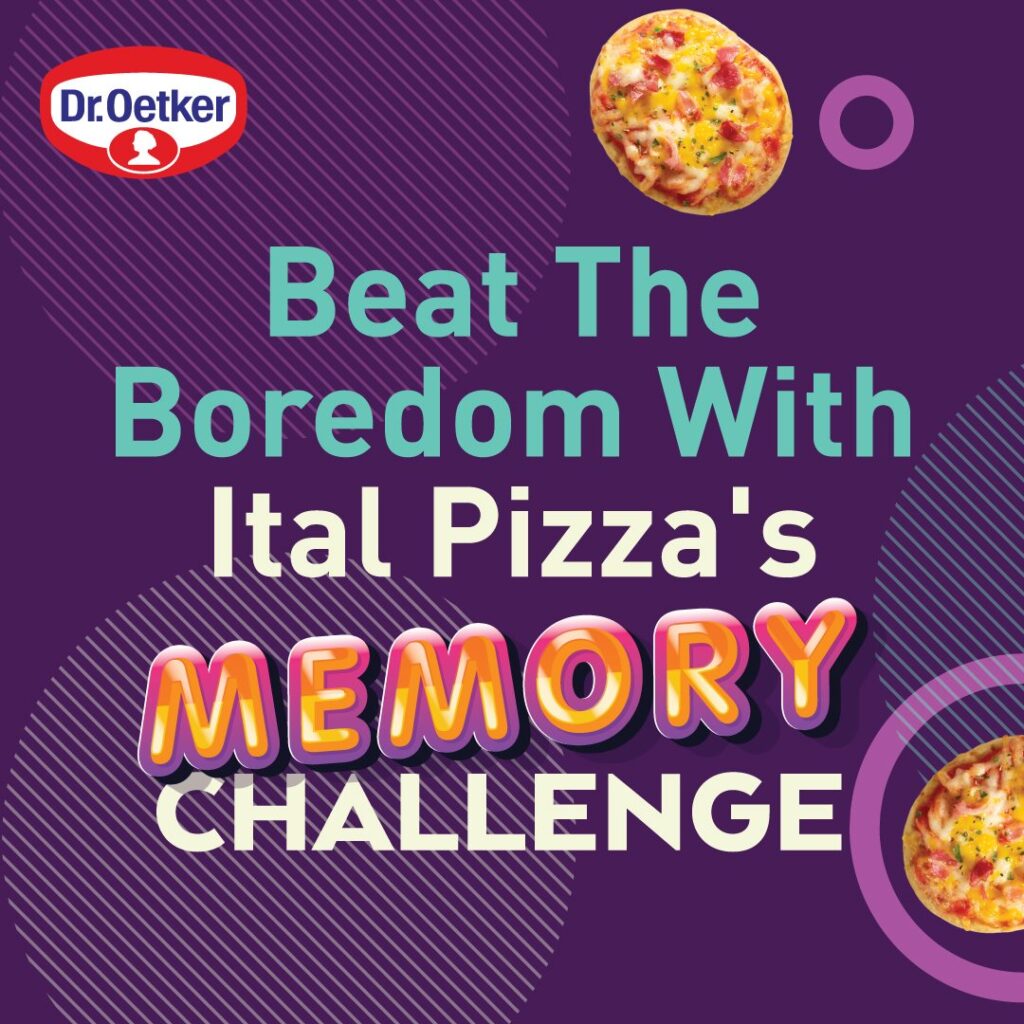
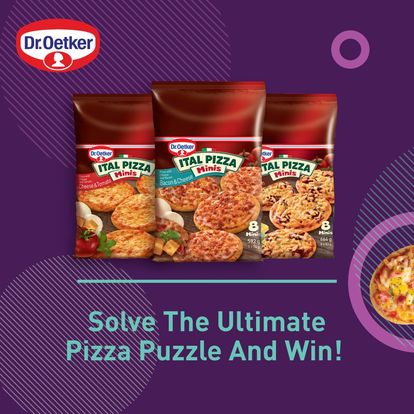

Conclusion and Invitation
The Dr. Oetker Memory Challenge is a vibrant testament to the effectiveness of innovative digital strategies in maintaining brand visibility and fostering user engagement. It is an invitation to embrace the transformative power of digital marketing in contemporary consumer engagement. This case study illustrates how simple online games can significantly contribute to a brand’s strategic narrative in the digital era.
For those inspired to explore the realms of digital creativity and effectiveness, I invite you to contact me for guidance on embarking on a successful digital marketing campaign. Let’s collaborate to create innovative strategies that resonate with your audience and elevate your brand in the digital marketplace.
Reflecting on the Need for a Balanced Approach
These examples clarify a fundamental aspect of modern customer acquisition: having a great product is one of many paths to success. What’s equally, if not more important, is a focus on innovative customer engagement. This means companies need to extend their vision beyond the product itself and concentrate on creating unique, captivating ways to connect with their potential customers. This requires a blend of creativity, adaptability, and a profound understanding of what customers need and how they behave.
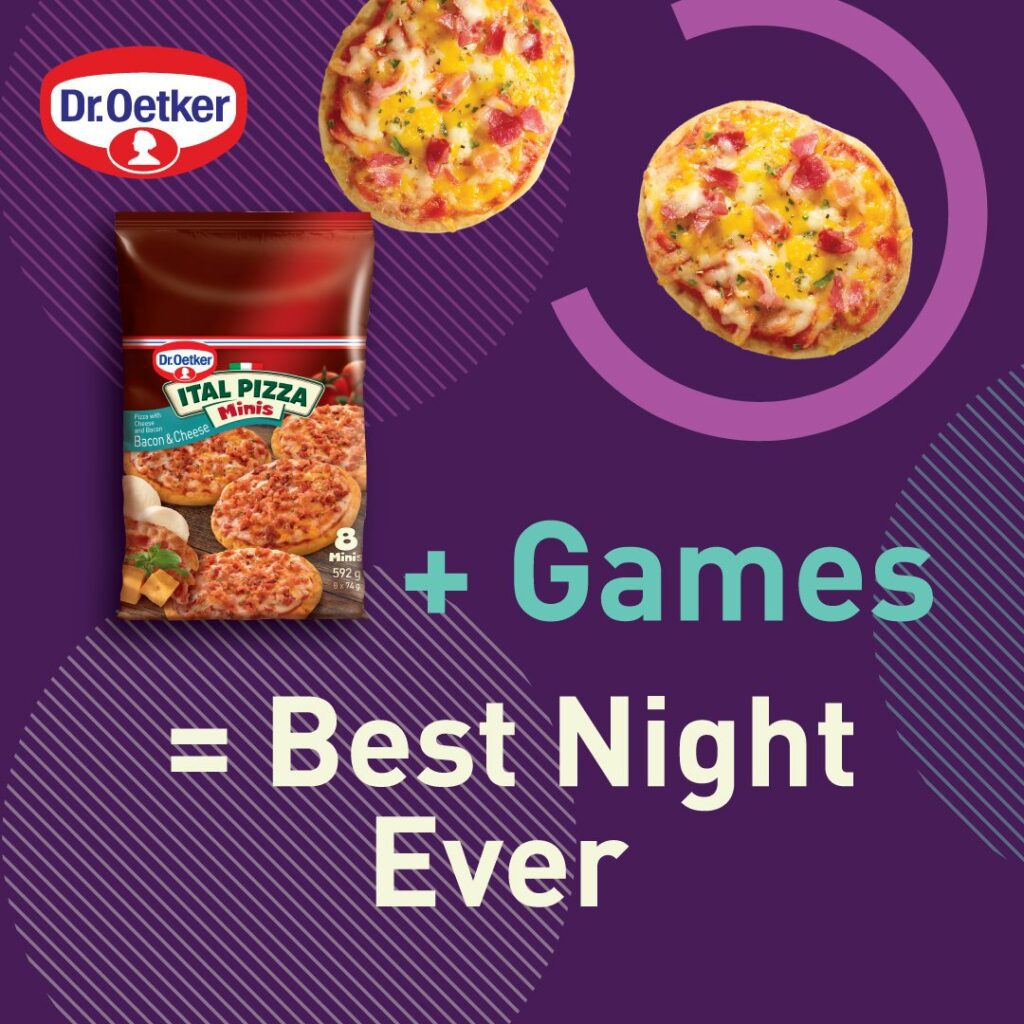
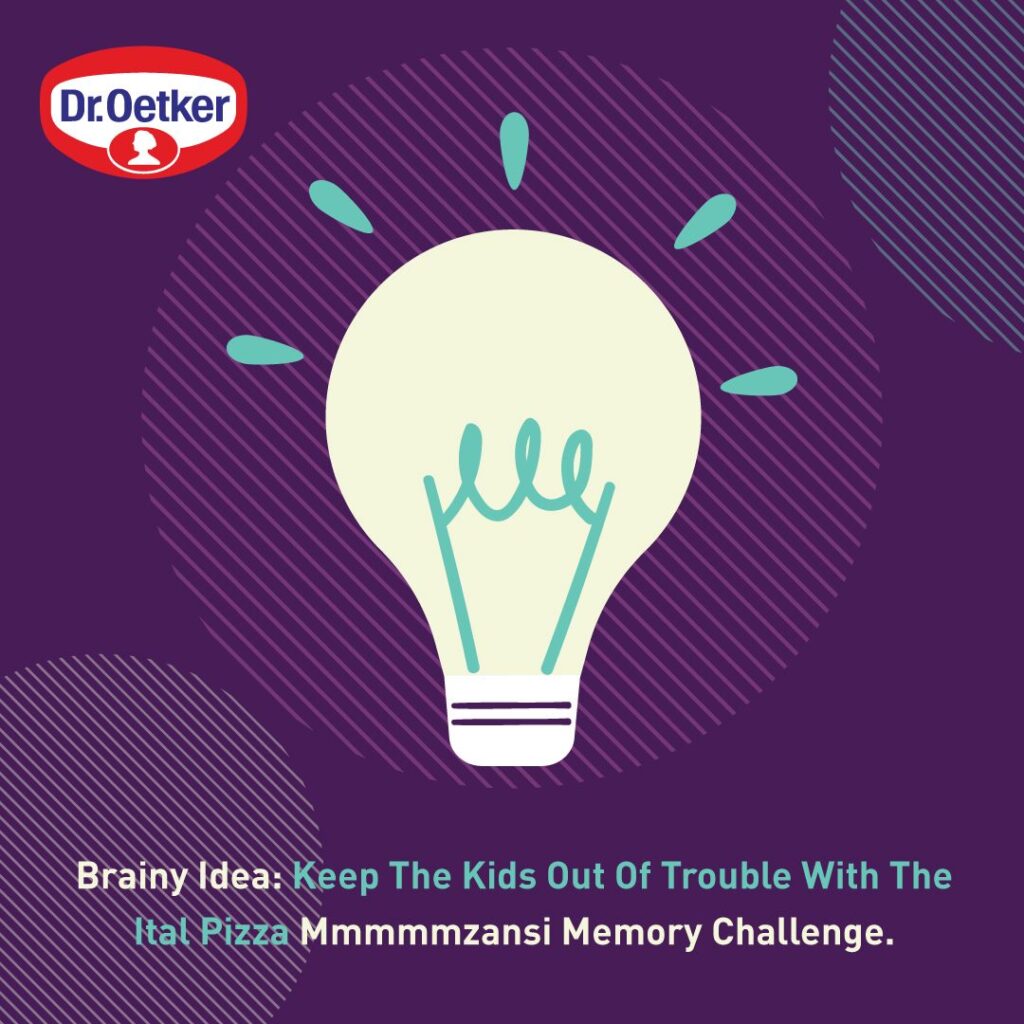
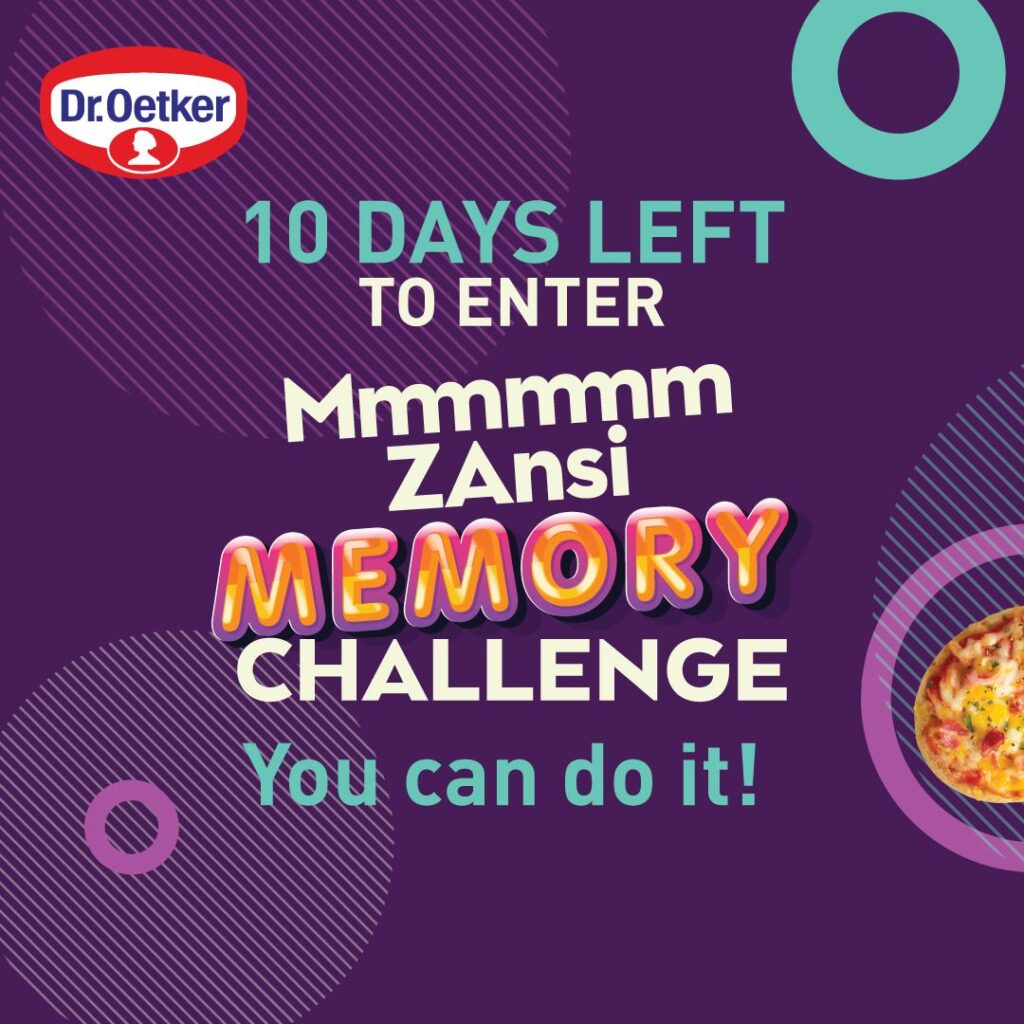
Customer Acquisition Techniques: Navigating the Digital Marketing Landscape
1. Overview of Different Customer Acquisition Methods
In today’s landscape, the strategies for customer acquisition are as varied as they are complex. Each method offers unique advantages and challenges, and understanding these is key to crafting a successful marketing strategy. I lay out various techniques, each significant in its own right.
a. Paid Search and Its Limitations
Paid search, often a go-to strategy for many marketers, involves paying for advertisements that appear in search engine results. While it’s an effective way to gain visibility, its limitations are noteworthy. The competition in popular keyword categories can be fierce, making it an expensive venture with sometimes low returns. This method requires careful planning and budgeting to avoid draining resources without achieving desired outcomes.
b. Inbound Marketing and SEO
Inbound marketing and Search Engine Optimization (SEO) focus on drawing customers through content creation and improving website visibility in search engine results. This technique is about creating valuable content that naturally attracts people to your products or services. The key here is to understand what potential customers are searching for and to craft content that addresses those needs, thus improving your site’s ranking and visibility.
c. Utilizing Social Media Effectively
Social media platforms offer a goldmine for customer acquisition. The key is to understand each platform’s unique dynamics and craft strategies that resonate with the audience on these platforms. Whether it’s through engaging posts, targeted ads, or influencer partnerships, social media can be a powerful tool to connect with and acquire new customers.
d. The Role of Email Marketing in Nurturing Leads
Email marketing remains a crucial part of the customer acquisition puzzle. It’s not just about sending emails; it’s about nurturing relationships with potential customers. This method involves sending targeted, personalized messages that guide potential customers through the buying journey, providing them with valuable information and offers at each stage.
e. Leveraging Non-Standard Methods for Customer Acquisition
Beyond traditional methods, there’s a world of non-standard, innovative approaches to customer acquisition. These could include partnerships, guerrilla marketing tactics, or leveraging emerging technologies. The key is to think outside the box and identify unique opportunities that align with your brand and audience.
f. The Importance of Viral Marketing and Content Sharing
Viral marketing and content sharing can exponentially increase your brand’s reach. This involves creating content that is so compelling, entertaining, or informative that people are naturally inclined to share it. The challenge is that virality is hard to predict and control, but when done right, it can significantly boost your customer acquisition efforts.
Conclusion
Each of these methods offers distinct advantages and challenges. The key to successful customer acquisition in the digital age is understanding these nuances and employing a mix of strategies that best suit your business goals and target audience. With Bruno Jones’ insights, businesses can navigate this complex landscape more effectively, adopting innovative approaches and technologies to attract and retain customers.
The Mathematics of Customer Acquisition
In the complex world of customer acquisition, understanding key metrics like Lifetime Value (LTV) and Cost Per Acquisition (CPA) is crucial. I emphasize the importance of these metrics in shaping effective customer acquisition strategies.
Understanding LTV and CPA
Lifetime Value (LTV) refers to the total value a customer brings to a business over the entire relationship duration. It’s a measure of long-term value rather than immediate profit. Cost Per Acquisition (CPA), on the other hand, is the total cost of acquiring a new customer, encompassing all marketing and sales expenses. Understanding the balance between LTV and CPA is fundamental. A successful customer acquisition strategy is one where LTV significantly surpasses CPA, ensuring profitability and sustainability.
The Role of Data and Analytics
Data and analytics play a pivotal role in optimizing customer acquisition efforts. By analyzing these metrics, businesses can fine-tune their strategies, allocate resources more effectively, and ultimately, drive better results. This involves continuously testing, measuring, and adjusting strategies based on data-driven insights.
For instance, if a particular marketing channel shows a higher CPA than the LTV of the customers it brings, it’s a signal to reassess and possibly divert resources to more profitable channels. Conversely, channels that bring customers with high LTV at a lower CPA represent successful strategies worth investing in.
The intersection of LTV and CPA is where the real magic of customer acquisition lies. By leveraging data and analytics, businesses can make informed decisions, maximize the return on their marketing investments, and chart a course for sustained growth and profitability. My insights highlight the importance of a mathematically driven approach to customer acquisition, emphasizing that success in this arena is as much about numbers and analysis as it is about creativity and engagement.
Creating a Culture of Experimentation
Adopting a culture of experimentation is not just beneficial; it’s essential. My extensive experience underscores the importance of a mindset that embraces trial and experimentation in customer acquisition.
The Necessity of Experimentation
Experimentation is key in a landscape where consumer behaviors and technological capabilities constantly evolve. The willingness to try new methods, even if they might fail, allows businesses to discover what truly resonates with their audience. “It’s sort of like we’ll try anything once,” emphasizing the need to be open to various approaches and learn from them.
Examples of ‘Ghetto Testing’ and MVP in Marketing
A compelling example of this experimentation mindset is the concept of ‘ghetto testing,’ a term used to describe low-cost, minimal viable tests of marketing ideas. This approach is about testing the waters before diving in. For instance, before fully developing a product or marketing campaign, a company might release a basic version or a simple advertisement to gauge interest. This strategy helps in understanding the potential success of a product or campaign with minimal investment.
The concept of Minimum Viable Product (MVP) in marketing is similar. It involves developing the most basic version of a marketing campaign or product feature to test its viability. The idea is to get something into the market quickly to see how it performs before investing more time and resources.
Fostering a culture of experimentation in customer acquisition is vital. It allows companies to navigate the ever-changing digital landscape innovatively and effectively. By embracing trial and error, businesses can stay ahead of the curve, continually adapting and refining their strategies to meet the evolving needs of their customers. My insights highlight the importance of being flexible, creative, and willing to take calculated risks to pursue successful customer acquisition.
The Impact of Technological Advancements on Customer Acquisition
In digital marketing, technological advancements have revolutionized how businesses approach customer acquisition. Tools like Website Grader and Shareaholic have not only streamlined the process but also brought a new level of sophistication and effectiveness to marketing strategies.
Digital Analysis: Bruno Jones’ Free Innovative Tools
1. Discover Where You Stand, Strategically: Google SERP Analysis
My complimentary Google SERP tool is more than just a utility—it’s a strategic asset. Designed to reveal your website’s standing in search results for targeted keywords, this tool provides actionable intelligence. The tool scans up to 100 search results by inputting your keyword, offering immediate insights into your SERP position. This real-time data is invaluable for strategic planning and competitive analysis, helping you allocate resources effectively and understand your standing among competitors.
2. No Guesswork, Just Results: Bing SERP Analysis Tool
Understanding your position in the digital landscape is critical, and my Bing SERP Analysis Tool offers precision and strategic advantage. This powerful tool accurately tests your website’s ranking on Bing’s search results page for any given keyword. It’s about saving time and resources while gaining valuable insights that inform data-driven decisions, putting you ahead of your competitors.
3. Command Your Niche: Keyword Research Tool
Relevance is your currency in the digital marketplace, and my Keyword Research tool is your gateway to market mastery. Harnessing the intelligence of Google Suggest and Surfer SEO, this tool provides tailored keyword suggestions that resonate with your audience. It offers a vision of possibility, with insights into search volume and cost-per-click values. This tool is about elevating your SEO game and crafting a content strategy that places your digital presence at the forefront of customer searches.
4. The Crawlability Test: Ensuring Optimal Website Interaction
A solid digital marketing strategy must consider how search engines interact with your website. The Crawlability Test is a game-changer designed to evaluate the accessibility of your website’s pages to search engines. It scrutinizes meta tags and robots.txt files to ensure your pages are crawlable and indexable. This tool is an insurance policy for your digital marketing efforts, ensuring that every dollar spent is fully optimized.
These tools represent utilities and a comprehensive approach to mastering digital marketing. They reflect my commitment to providing you with the expertise and strategic thinking necessary for success in the digital world. Contact me if you’re ready to transform your digital marketing strategy and ensure every effort counts.
Adapting to New Tools and Platforms
The importance of adapting to new tools and platforms in the digital age cannot be overstated. These tools represent just the tip of the iceberg in a sea of evolving technological solutions designed to optimize customer acquisition. Businesses that stay abreast of these advancements and integrate them effectively into their marketing strategies are more likely to succeed in the highly competitive digital marketplace.
The impact of technological advancements in customer acquisition is profound. As digital marketing evolves, embracing new tools can be a game-changer in how businesses attract and retain customers.
My Approach to Strategic Thinking in Customer Acquisition
In my journey towards effective customer acquisition, I’ve learned that a strategic, data-driven approach is not just beneficial – it’s absolutely crucial. As a digital marketing expert, I’ve always emphasized the importance of tailoring customer acquisition strategies to fit the unique type and nature of each company and product I work with.
Why I Emphasize a Strategic, Data-Driven Approach
Navigating the vast and varied landscape of digital marketing, I’ve found it imperative to adopt a strategy that’s firmly rooted in data and analytics. This means identifying the most effective channels and techniques for reaching potential customers and continually adjusting my strategies based on performance data. I pay close attention to the unique characteristics and preferences of my target audience and the competitive landscape, which is essential in crafting a successful acquisition strategy.
Adapting Strategies Based on Company Type and Product
I recognize that there’s no one-size-fits-all strategy in customer acquisition. My approach varies significantly depending on the type of company and the products or services it offers. For instance, I focus more on building long-term customer relationships and developing recurring revenue models with a SaaS company. Conversely, I might emphasize brand recognition and mass market appeal for a consumer product company.
The strategies I employ also differ based on the nature of the product. For digital products, I often lean heavily on digital channels like social media, email marketing, and SEO. In contrast, physical products may necessitate a blend of online and offline tactics, including retail partnerships and direct-to-consumer approaches.
Conclusion
In conclusion, my strategic thinking in customer acquisition revolves around understanding the unique aspects of each business and market I work with. It’s about being data-driven, adaptable, and attuned to different customer segments’ diverse needs and behaviors. Leveraging my expertise, I help businesses navigate this complex landscape effectively, adopting innovative approaches and technologies to attract and retain customers in ways that resonate with their specific market and audience.
Recap: Harnessing the Power of Strategic Customer Acquisition
As I wrap up this detailed exploration of customer acquisition strategies, several key lessons emerge:
1. My Commitment to Innovation: I’ve learned that continuous adaptation is key in the ever-changing digital marketing world. I focus on innovation, not just in product development, but also in how I engage and attract customers. This dynamic approach is crucial for keeping pace with the evolving digital landscape.
2. The Value I Place on Experimentation: I firmly believe in creating a culture of experimentation. Through methods like ‘ghetto testing’, I’ve been able to try out new ideas with minimal risk. This approach has been instrumental in fostering both creativity and adaptability in my marketing strategies.
3. Leveraging Technology Effectively: Using tools like Google SERP Analysis, Bing SERP Analysis Tool, Keyword Research Tool and The Crawlability Test exemplifies how technology can transform customer acquisition. Staying updated with the latest tools and platforms is a cornerstone of my strategy, ensuring I can leverage technological advancements effectively.
4. A Strategic and Data-Driven Focus: I’ve always maintained that customer acquisition should be strategic and data-driven. Understanding and applying metrics like Lifetime Value (LTV) and Cost Per Acquisition (CPA) is a critical part of my process, helping to optimize efforts and drive success.
5. Customizing Strategies Based on Business Type: Recognizing that customer acquisition strategies must vary according to the type of company and product, I tailor my strategies accordingly. This customization is vital for achieving effective results.
In summary, my experiences and insights underscore the importance of innovative thinking, strategic planning, and embracing new technologies in the field of customer acquisition. Adopting these principles has been key in positioning the businesses I work with to thrive in the competitive digital marketplace.
I’m here to offer consultation and guidance for anyone looking to refine their digital marketing strategies and excel in customer acquisition. Feel free to contact me for personalized assistance in navigating this ever-changing landscape.
About Bruno Jones
Bruno Jones, based in Denver, is a seasoned digital marketing expert with over 20 years of experience. He’s renowned for his expertise in enhancing online brand presence, particularly for companies in Colorado and Utah. His educational background in electrical engineering and a transformative approach to digital marketing from Columbia Business School have shaped his unique strategy, merging technical know-how with creative flair.
Bruno excels in harnessing consumer psychology and game theory to craft compelling digital narratives. His blog is a treasure trove of advanced SEO, social media, email marketing insights, and more, catering to both industry professionals and enthusiasts. Each of his posts showcases his knack for simplifying complex ideas into practical, outcome-oriented tactics, cementing his status as a pioneer in digital marketing innovation.



